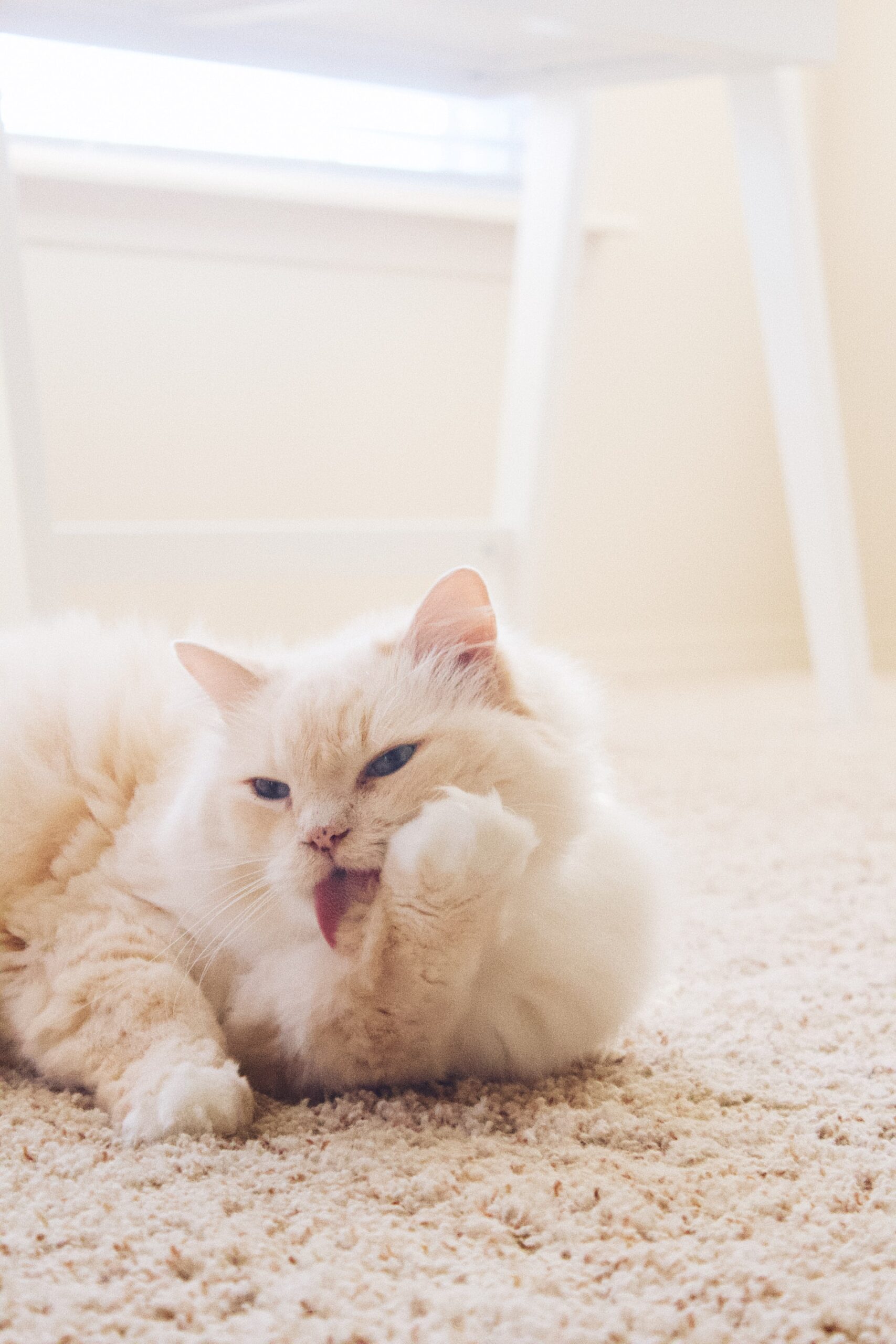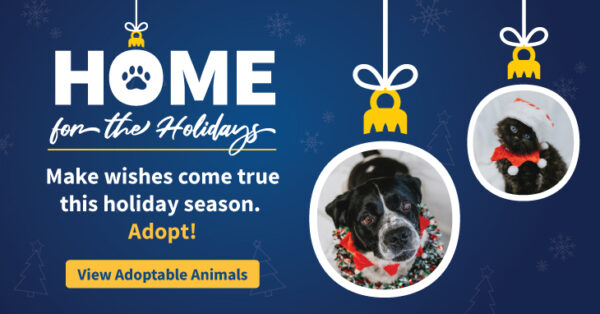Healthy habits, healthy cats: This is not a hairball!
by Ontario SPCA and Humane Society | Cat Care Interesting | October 7, 2021

Sponsored by Royal Canin
Did you know? Healthy cats do not vomit hairballs! A healthy cat should be able to handle a normal amount of swallowed hair. Hairballs form either because more hair is swallowed than should be, or the gastrointestinal system isn’t healthy enough to handle normal amounts of hair.
It’s important for the underlying cause of hairballs to be identified by a veterinarian. However, once the cause is known, there are many ways that nutrition can help!
Is it really hair they’re bringing up?
Respiratory conditions such as feline asthma can cause coughing in cats. This is often mistaken for vomiting or gagging! Sometimes a cat can even cough so hard it throws up, and there is often hair in the stomach contents.
Talk to your veterinarian today if you think your cat is suffering from a coughing condition.
What causes hairballs?
Skin problems
If a cat’s skin and hair are not healthy, the skin will be dry and the hairs brittle. The cat may groom more excessively as their skin is itchy, and the hair will break off and be ingested.
Digestive problems
If the gastrointestinal tract is sluggish, it will not be able to keep up with a normal amount of hair.
Urinary problems
Urinary conditions often result in bladder pain. Cats will lick the fur on their belly in response to this pain, and this can result in the swallowing of excess hair.
Obesity
Cats who are overweight can’t reach themselves properly to groom. Loose hairs build up on the coat and are eventually swallowed in large clumps.
Regurgitation
Cats that eat too quickly will not chew properly, and may bring up food that looks almost exactly the same as it did before it was eaten.
Arthritis pain
Cats with arthritis are often painful and cannot reach areas to groom regularly. As in obesity, this results in loose hair being swallowed in clumps.
How can nutrition help?
Soothe their skin
Optimized nutrition helps keep the skin and coat healthy, to reduce excess shedding.
Did you know that 30% of the protein an animal eats goes towards skin and coat maintenance? Providing high quality, digestible proteins helps support the skin, and omega-3 fatty acids promote a glossy coat.
Support their gut
Highly digestible protein is vital to the digestive system too! It allows the body to obtain maximal nutrition from the food.
A blend of soluble and insoluble fibre helps pull hair through the gut while lubricating and easing passage. Prebiotic fibres also act to feed good bacteria and remove bad bacteria from the gut.
Slow their eating
Interactive puzzle feeders engage cats and make them eat more slowly. Couple that with canned food, which is harder to gobble than dry!
Some diets have kibble that is a specific size, shape and density to encourage proper chewing and improve digestion.
Help their joints
Diets can be supplemented with many different types of joint supports. These act to:
- Reduce inflammation
- Improve production of joint fluid
- Inhibit degradation of joints
- Provide the building blocks for cartilage formation
Dilute their urine
Cats with urinary conditions require a diet that is formulated to promote a healthy urine environment. Ask your veterinarian for more information!
These cats also benefit from taking in more water and emptying their bladders more often. Offering canned food, a variety of drinking stations and water fountains can encourage water intake.
Slim their weight
Healthy weight loss in cats is slow; when cats lose weight too rapidly, it can lead to a potentially life-threatening condition called hepatic lipidosis.
Nutritional deficiencies can occur if a maintenance food is restricted too much. Your veterinary team can help develop a weight loss plan for your cat!
Many of these conditions require veterinary diagnosis and management in addition to optimized nutrition.
Categories
Testimonial
Thank you so much for all you do
Thank you so much for all you do every day to rescue animals in need. I can’t imagine the terrible situations that you see every day. It is great that you have the heart to help. Keep up the good work.
